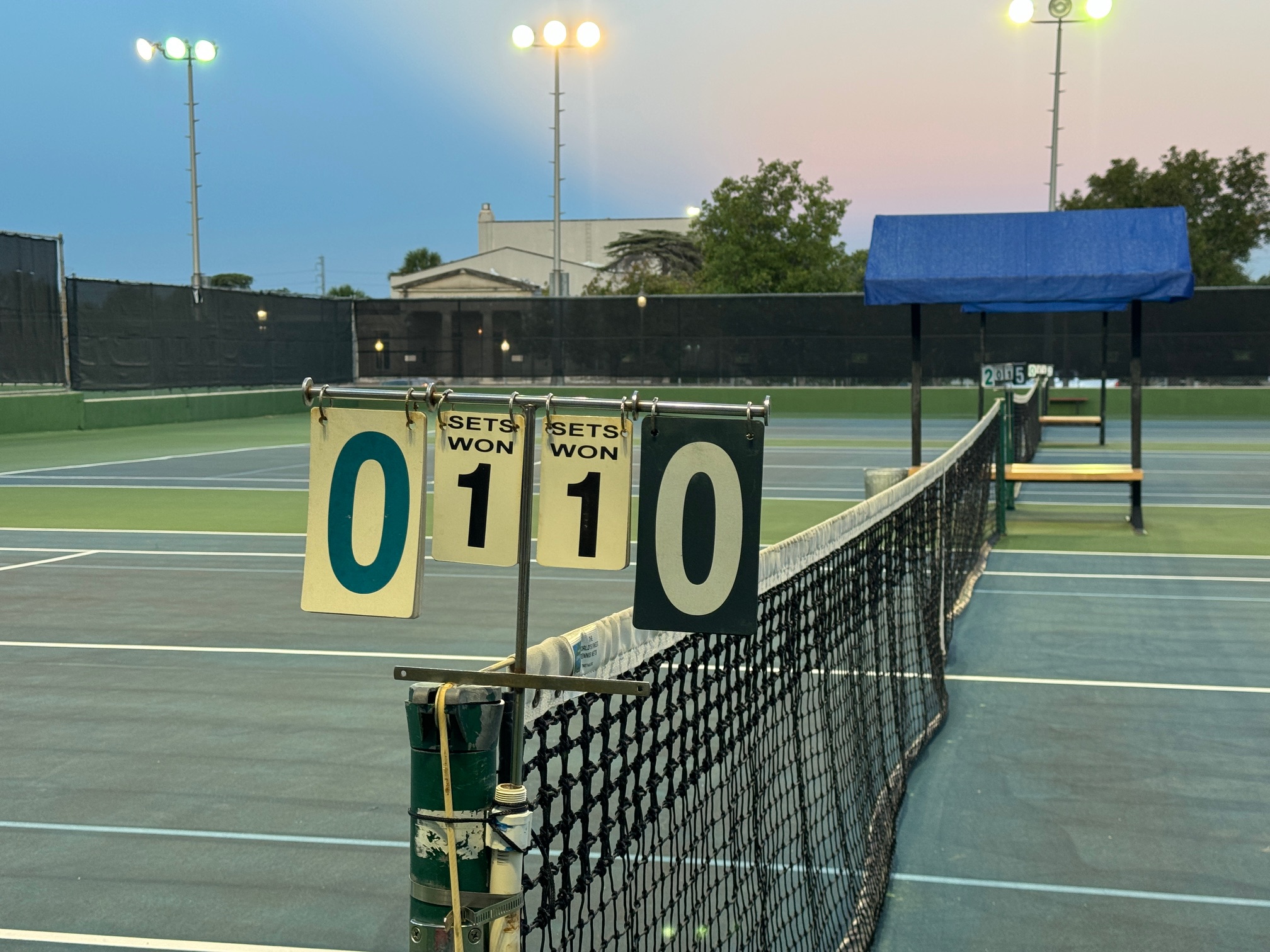I just discovered that event organizers are required to announce in advance of the event the number of balls for play. While I frequently see the brand of the ball announced in advance of my personal adult recreational tournaments, I can’t ever recall the number of balls that would be provided specified in advance.
The valid number of balls that could be in play according to the USTA Friend at Court section 3.a is 2, 3, 4, or 6. When I was a junior I remember being handed only two balls on a fairly regular basis. Sometimes the numbers on the balls wouldn’t even match because they came from separate cans. In retrospect, only providing two balls for a USTA sanctioned tournament seems chintzy. It also slightly slows down play because there is no chance of player election to retrieve the closer of two balls.
In my adult tennis life, I have consistently been handed three balls across the tournament desk. This seems right, after all… 3 is a Magic Number. (Thank you, Schoolhouse Rock!) Never in my life have I been handed 4 balls, but now suddenly the 4 ball cans at my local sporting goods store are starting to make more sense.
In professional tennis events, 6 balls are typically in play at any point in time, though technically this is at the discretion of the event organizers rather than required by rule. There is also not a rule on exactly when the ball change will occur. Instead there is a convoluted formula that the ball change has to occur after an odd number of games and also that the first ball change will be two games earlier than those in the rest of the match to account for the warm up. I was not told that math would be required in writing this blog, so I will just jump ahead to say in professional tournaments ball changes typically occur after the seventh game and every 9 games thereafter.
Tie-breakers count as one game when ball changes are performed. However, if a ball change is due at the beginning of a tie-breaker, then the change is to be deferred until the beginning of the second game of the subsequent set. I put pencil to paper to figure out how this could conceivably occur. The calculation took longer than it should because, well … red wine, but a first set that was decided by a tie-breaker followed by a second set that reached 6-6 would create that situation. (I am looking squarely at you, John Isner.)
An alternative method is to change balls at the beginning of each set. In adult recreational tournament play, new balls are usually provided prior to the third set. One year while playing the USTA Senior Women’s National Clay Court Championships, we were provided two cans at the start of the match with the directive to swap balls at the beginning of the second set. There was a lot of rain that year and the courts were soaked.
The majority of tennis players will never experience the luxury of frequent ball swaps but sometimes it is nice to get a glimpse of how the upper crust lives and the rules governing that privilege.
- United States Tennis Association (2020) Friend at Court. White Plains, NY



